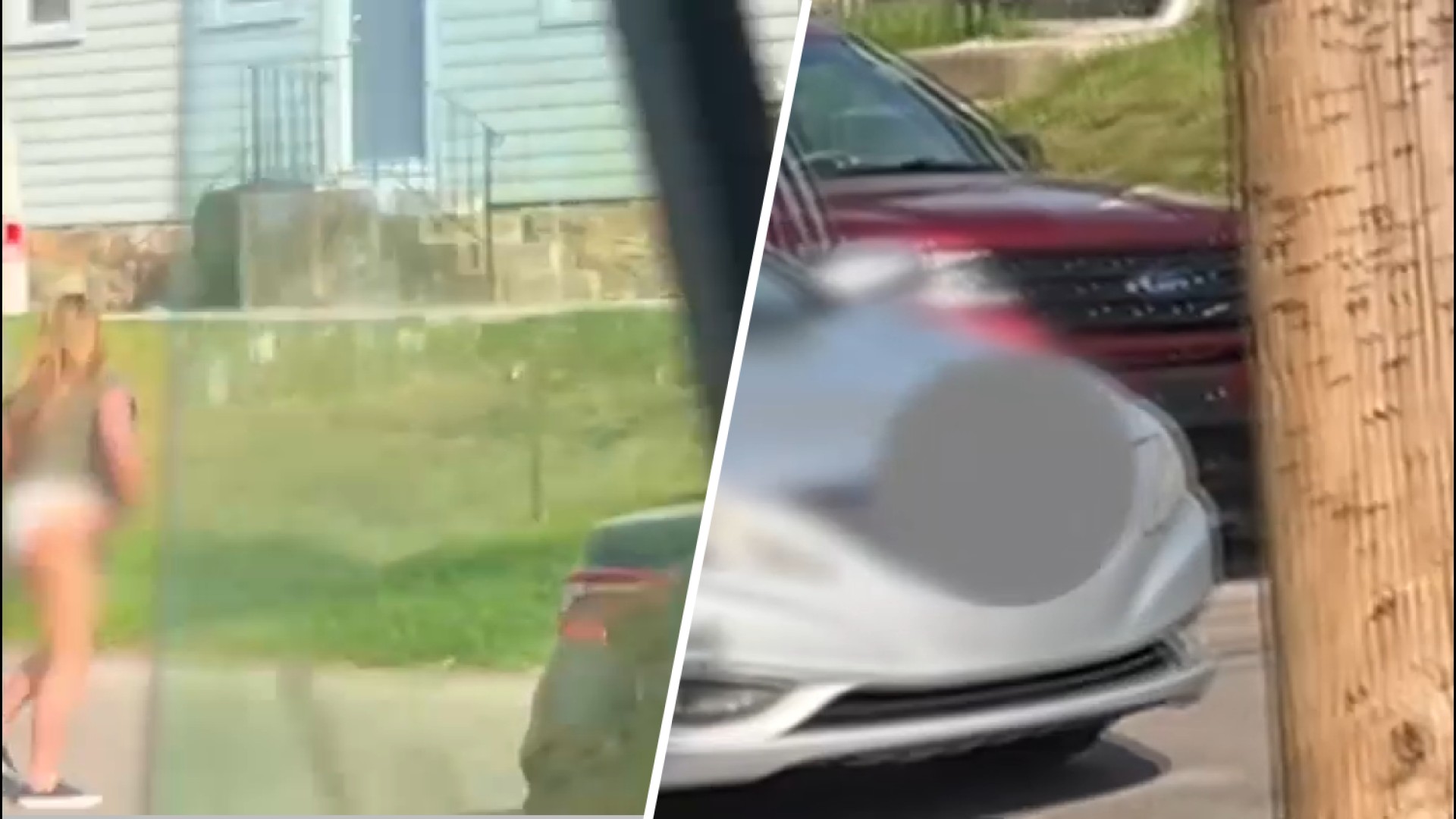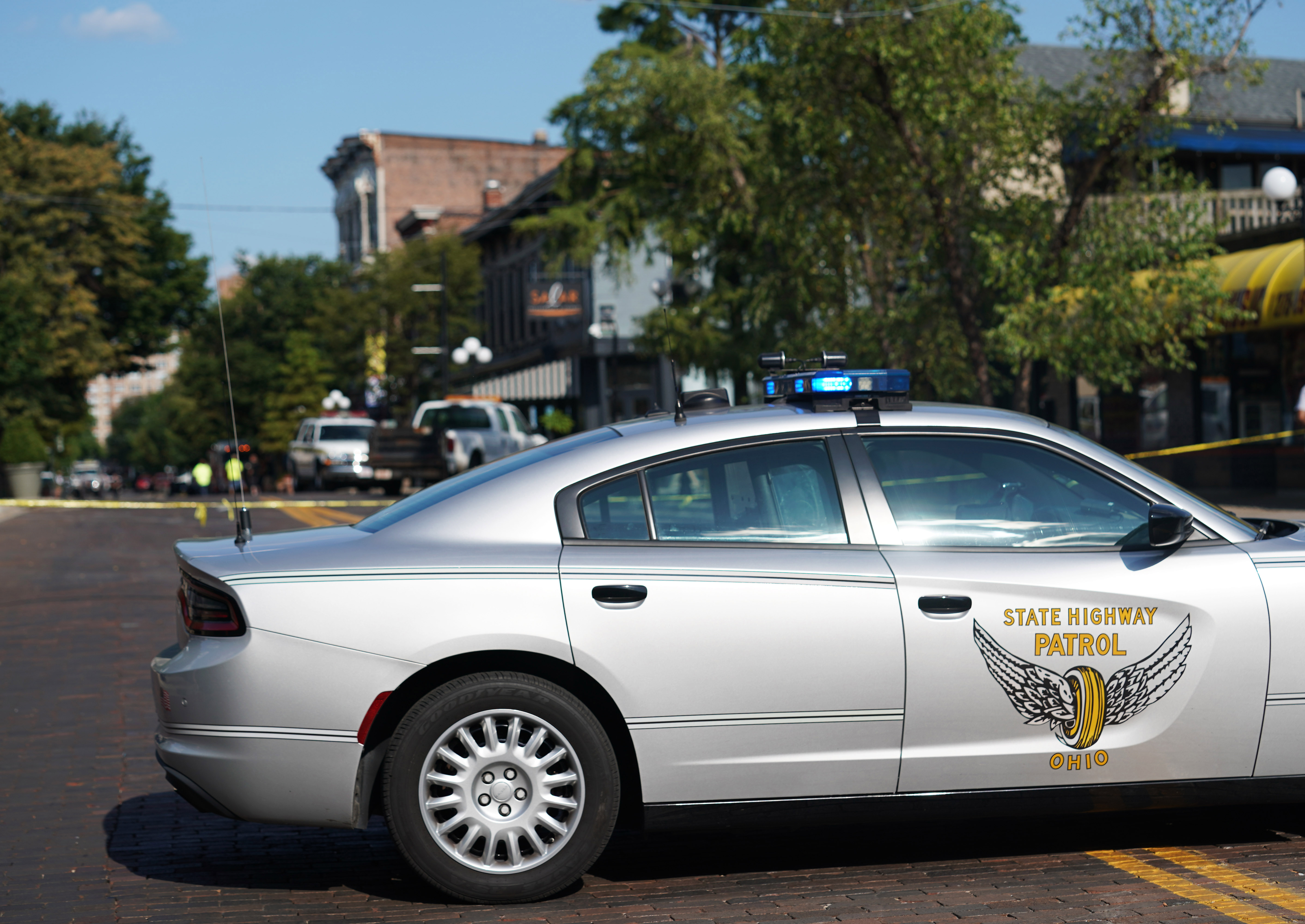Road Rage Tragedy: Motorcyclist Killed on Long Island
Long Island Road Rage Turns Deadly: Motorcyclist ID'd as Bronx Man
A Tragic Loss on Long Island: Introduction
Imagine a scenario straight out of a nightmare – a heated moment on the road escalating into unimaginable violence. That's precisely what unfolded on Long Island last week, leaving a community in shock and mourning. Authorities have now identified the victim of this horrific road rage incident as 29-year-old Ibis Baez, a resident of the Bronx. But how did this senseless tragedy occur? Let's delve into the details of this developing case.
The Incident: A Deliberate Act of Violence?
According to Nassau County officials, the incident occurred on Friday afternoon in North Hills. A pickup truck driver allegedly intentionally drove his vehicle into a motorcycle, pinning the rider against a guardrail on a Long Island Expressway service road. This wasn't a fender-bender; it's being investigated as a deliberate act with devastating consequences.
The Police Report: Grim Details
The official police statement described the scene as one of severe trauma. "As a result, the motorcyclist suffered severe trauma and was pronounced at the scene," the statement revealed. These words paint a stark picture of the brutality of the incident. The severity of the trauma suffered by Ibis Baez underscores the violent nature of the alleged attack.
Identifying the Victim: Ibis Baez of the Bronx
The wait for answers is often the hardest part for families. Finally, police identified the deceased motorcyclist as 29-year-old Ibis Baez, a resident of the Bronx. This identification marks a crucial step in the investigation, allowing his loved ones to begin the difficult process of grieving and seeking justice. It brings a personal dimension to what was previously just a news report.
The Accused: Brian Noll Charged with Murder
In a twist that adds another layer of complexity to this tragic tale, the driver of the pickup truck has been identified as 64-year-old Brian Noll. He was promptly arrested and charged with second-degree murder. Second-degree murder carries significant penalties, reflecting the severity of the alleged crime.
Noll's Plea: Not Guilty
Brian Noll appeared in court on Saturday to face the charges against him. He entered a plea of not guilty. This is a common legal procedure, allowing Noll to contest the accusations leveled against him. The legal process has only just begun.
The Defense's Argument: Reckless Driving?
As expected, the defense is already building a case. Noll’s attorney told News 12 that the motorcycle operator was driving recklessly. This claim could be a key aspect of the defense strategy, attempting to shift some responsibility to the victim. Was there reckless driving involved? Only time and investigation will tell.
Road Rage: A Growing Problem?
This incident highlights a growing concern: road rage. How often do we hear about small disagreements on the road escalating into something far more serious? It raises a crucial question: what can be done to curb this dangerous trend? Is it driver education? Stricter penalties? Or something more profound?
The Psychology of Road Rage
What drives someone to such extreme anger behind the wheel? Is it stress, frustration, or a sense of anonymity that emboldens people to act out? Understanding the psychology behind road rage could be the first step in finding solutions. We need to ask ourselves why the perceived anonymity behind the wheel allows people to lose control.
The Investigation: Uncovering the Truth
The investigation is ongoing, and police are likely gathering evidence from multiple sources. This includes witness statements, vehicle data recorders (if available), and any surveillance footage from the area. Every piece of evidence will be crucial in piecing together the events that led to this tragedy.
Witness Accounts: Crucial Testimony
Witness accounts will be particularly important in determining the sequence of events and the intent of the drivers involved. Did anyone see the alleged altercation beforehand? Did they observe any reckless driving? Their testimony could be pivotal in the case.
Legal Ramifications: What's Next for Brian Noll?
Brian Noll faces a lengthy legal battle. A conviction for second-degree murder carries a significant prison sentence. The prosecution will need to prove beyond a reasonable doubt that Noll acted with malice and intent. This legal process could take many months, even years to resolve.
The Burden of Proof
The prosecution bears the burden of proving Noll's guilt. This means they must present enough evidence to convince a jury that he intentionally caused the death of Ibis Baez. This is a high bar to clear, and the defense will undoubtedly challenge every piece of evidence presented.
Remembering Ibis Baez: A Life Cut Short
Amidst the legal proceedings and the details of the investigation, it's important not to lose sight of the human cost. Ibis Baez was a 29-year-old man with a life ahead of him. His family and friends are now grappling with unimaginable grief. He was more than just a victim in a news story; he was a son, a friend, perhaps a father or brother, leaving behind a void that can never truly be filled.
Community Response: Outrage and Grief
The Long Island community is understandably shaken by this incident. Outrage and grief are palpable. This tragedy serves as a stark reminder of the fragility of life and the devastating consequences of uncontrolled anger.
Conclusion: Seeking Justice and Preventing Future Tragedies
The death of Ibis Baez is a heartbreaking reminder of the potential consequences of road rage. Brian Noll faces serious charges, and the legal process will determine his fate. However, this case should also serve as a wake-up call to address the underlying causes of road rage and work towards preventing future tragedies. We must remember that behind every vehicle is a human being, and that a moment of anger can have devastating and irreversible consequences. Seeking justice for Ibis Baez involves both holding the alleged perpetrator accountable and working towards a future where such senseless acts of violence are prevented.
Frequently Asked Questions
Here are some frequently asked questions about the Long Island road rage case:
- What charges does Brian Noll face? He is currently charged with second-degree murder in connection with the death of Ibis Baez.
- What is Noll's defense? His attorney has stated that the motorcycle operator, Ibis Baez, was driving recklessly, suggesting a potential attempt to shift blame.
- Where did the incident occur? The incident took place on a Long Island Expressway service road in North Hills, Nassau County.
- How old was Ibis Baez? Ibis Baez was 29 years old and a resident of the Bronx.
- What is the next step in the legal process? The investigation is ongoing, and the prosecution will need to present evidence to prove Noll's guilt beyond a reasonable doubt. Pre-trial hearings and potential plea bargains are likely before any trial commences.



